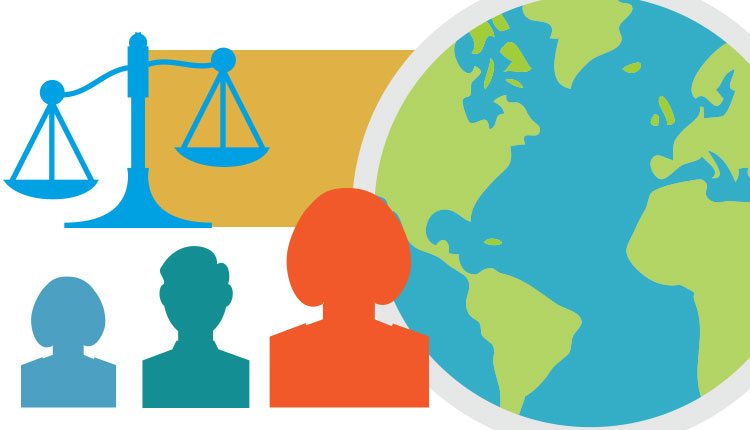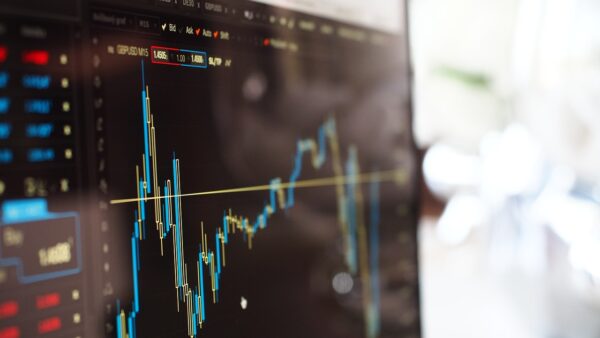4 Years
Time it takes to deliver a biological seed treatment to the market. In seeking to help protect seeds and improve their yield potential, companies turn their focus to biological products. “In less than a year, we can have a product ready for field testing,” says Marcus Meadows-Smith, CEO of BioConsortia. “Then there’s two years for proof of concept.” If it goes through the U.S. Environmental Protection Agency, there’s another 18 months, he explains. “This four-year timeline to get a product to market costs anywhere from $10 million to $20 million from research and development through to the product’s launch. The shorter timeline and reduced costs allow us to develop very specific products for different purposes in a cost-effective way.”
2 billion
Number of people around the world that will join the middle class. Not only is the world’s population expected to grow from today’s 7.2 billion people to 9.5 or 10 billion by 2050, but also more people will be joining the middle class. “The combination of more people and more personal wealth will create the need for doubling the food supply,” says Robb Fraley, Monsanto executive vice president and chief technology officer. “We have to double the food supply in the next 35 years. It’s an incredible challenge but given the tools, I have no doubt that we can meet the food security needs of the future.”
42,000
Number of 5 kilogram (about 11 pounds) bags of rice seed distributed to the most vulnerable farmers following the earthquakes in Nepal earlier this year. The seed was distributed in advance of the monsoon-planting season. Additionally, the Food and Agriculture Organization of the United Nations distributed 30,000 durable grain and seed storage bags with 40,000 more to follow as of Oct. 25, and the vegetable seed packet distribution recently reached 50,000 households. The earthquakes struck April 25 and May 12, during wheat harvest and maize planting, with rice sowing expected to start in late May. Agriculture is the main source of livelihood for about two-thirds of Nepalese, including many subsistence farmers.
1976
Year Stephen Baenziger entered the plant breeding profession. “I remember when I worked with a computer that had a 4k, that’s kilobyte, RAM, and we had to use cards,” says Baenziger, a University of Nebraska, Lincoln, plant breeder and professor. “I remember when there were manual calculators and you could do 9×9 lattices. Now your smart phone can do more than all of that. Today, every tractor I have has GPS and every planter trips by a satellite. We now sequence 2,000 lines a year. When we do a diversity study, we have 16,000 markers out of many, many more markers; those are just the ones that look good. … You know the highest tech jobs in many parts of the world are now agricultural jobs.”
5
Number of states where Mustang Seeds distributes corn, soybean, alfalfa, cover crop grass and small grain seed. With more than 200 dealers, the family-owned company works with farmers in South Dakota, northwest Iowa, northeast Nebraska, western Minnesota and North Dakota. “Right now, the independent seed sector has seen wonderful growth,” says Terry Schultz, president of Mustang Seeds. “We’ve put up three locations of bulk sites to help our growers get better access to our seed products and also our dealer system.”
45 Percent
Amount of the world’s agricultural reserve is estimated to belong to Africa. With nearly 500 million acres of arable land uncultivated, it’s potential remains unexploited. With one of the fastest growth rates of gross domestic product, an increasing life expectancy and infrastructural projects changing the social and economical landscape, the outlook is impressive. “Any company that has a global ambition as we do has to be present in Africa,” says Kamel Beliazi, regional head of Bayer EMEA for Seeds.











